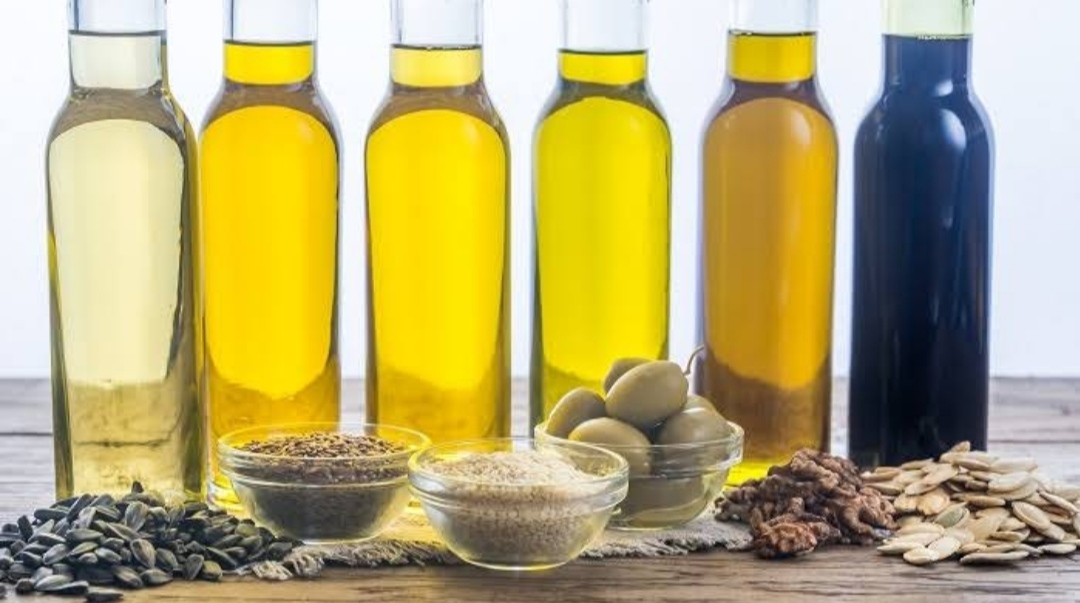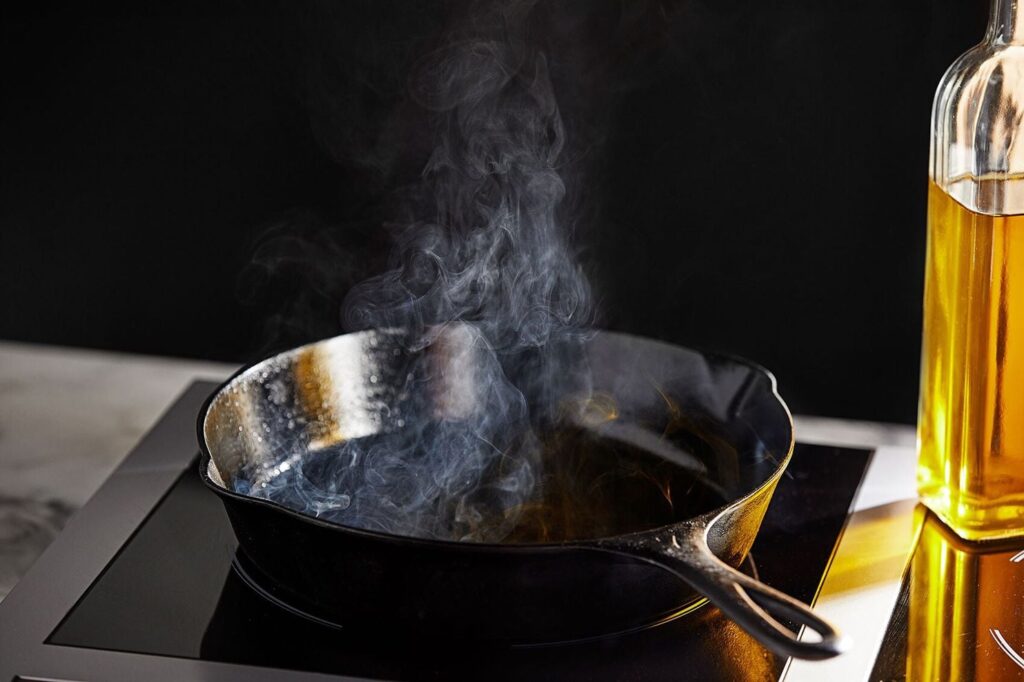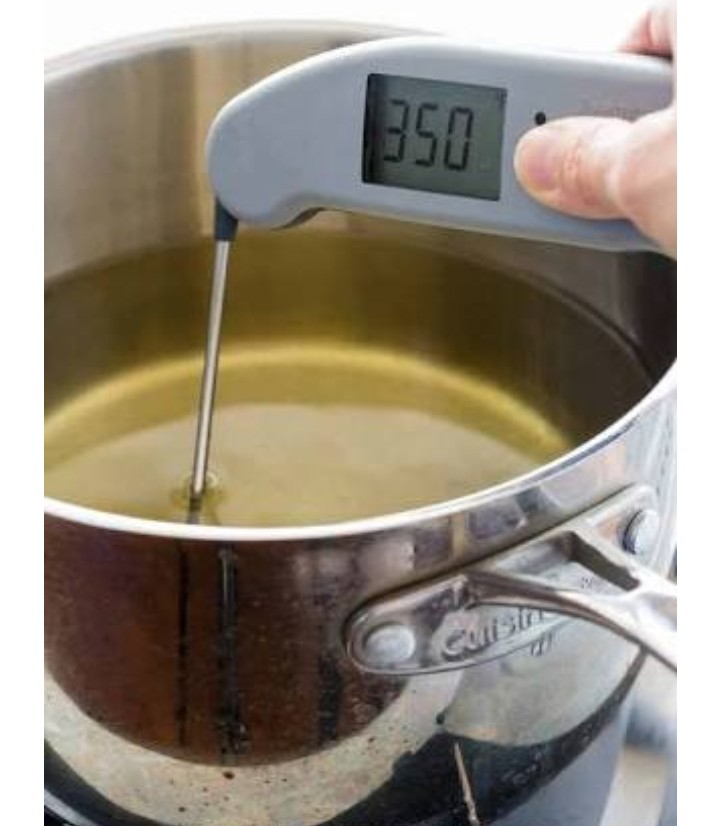18 September, 2020
Choose the best oil for your recipe

Fats and oils contribute to texture, flavor, and taste to the recipe and increase the palatability of the diet. They provide an effective medium for heat transferring, deep-frying, and transfer of flavors from spices.
Cooking involves heating oils to definite temperatures. When oils are heated, they tend to give out smoke long before their boiling point. It is their smoke point. Different oils have different smoke points. The smoke point of oils tends to increase as the refinement increases. Oils start to degrade once it reaches its smoke point. Also, when the oils are overheated, beneficial nutrients and phytochemicals found in many unrefined oils are lost.
Overheating also creates harmful free radicles and degrades the oils. So, If you happen to heat your oil till it smokes or catches fire, you need to discard it. It also explains why we shouldn’t reuse the same oil for frying repeatedly.

It is, therefore, crucial that the oil you choose to cook a particular recipe should be able to handle the amount of heat required for the application. Smoke points for some common oils are listed.
| Fats and oils | Smoke point (F) | Smoke point (C) |
| Flax seed oil | 225 F | 107 C |
| Coconut oil(extra virgin) | 350 F | 177 C |
| Olive oil (extra virgin) | 320 F | 160 C |
| Butter | 200-250 F | 120-150 C |
| Lard | 370 F | 188 C |
| Olive oil (virgin ) | 410 F | 210 C |
| Sesame oil (unrefined ) | 350 F | 177 C |
| Peanut (unrefined ) | 320 F | 160 C |
| Rice bran (refined ) | 450 F | 232 C |
| Mustard oil | 480 F | 250 C |
| Canola oil | 400 F | 204 C |
| Avocado oil | 570 F | 271 C |
| Soybean (refined) | 460 F | 238 C |
| Sunflower oil | 440 F | 227 C |
| Safflower oil | 510 F | 266 C |
| Peanut (refined) | 450 F | 232 C |
| Corn oil | 440 F | 227 C |
| Ghee (clarified butter ) | 485 F | 252 C |

| Oils and Fats | Application or methods of cooking |
| flax seed oil ,butter and extra virgin oils etc. | Cool dishes like dips, salads, salad dressings, and spreads. |
| olive oil (virgin) ,sesame oil , peanut (unrefined oils )etc. | sauteing, low flame cooking, and stir-frying at low temperatures. |
| highly refined vegetable oils ,mustard oil ghee etc | roasting baking, grilling, and deep frying at high temperatures. |
The frying temperatures for most foods are between 350 F and 450 F.So, it is best to choose an oil with a smoke point above 400 F deep frying and high flame cooking.
Oils that have smoke points between 250 F- 400 F are suitable for roasting in an oven, sauteing, pan-frying and, stir fry over medium-high heat.
fats and oils with the smoke point below 250 F should be used for cold dishes like making dips, salads, salad dressings, and spreads.
Oils, especially PUFA (polyunsaturated fatty acids) are susceptible to oxidation and rancidity. Most oils have natural antioxidants, and food manufacturers have an option to add synthetic antioxidants like butylated hydroxyanisole (BHA) and butylated hydroxytoluene (BHT) to prevent rancidity. Vitamin E is a natural antioxidant therefore, its requirements by a person are linked to the PUFA intake by him. ICMR recommends vitamin E (tocopherol ) at 0.8 mg/g PUFA intake.
If we store oils for too long, it develops a distinct smell and gets rancid or oxidized. Such oils are hazardous for health. To keep cooking oils fresh longer and prevent oxidation, always store them in opaque glass containers in a cool, and dark place.
Why must you not cook food in used cooking oil or black smoked oil?
- It can increase the levels of LDL or bad cholesterol. Thus, increasing the risk of heart disease, stroke, and chest pain.
- It may lead to a burning sensation in your stomach and throat by increasing stomach acidity.
- The free radicles released in oils make it carcinogenic.
- It can increase inflammation, which is the root cause of most diseases particularly, obesity, heart diseases, and diabetes. High inflammation in the body can also reduce immunity and make one prone to infection.
Besides the smoke point, we also need to look at the nutrients and health benefits of different oils before choosing one.
Amatulla Merchant
Clinical Nutritionist and Dietician
amatullamerchant@gmail.com

7 thoughts
Valuable information. Fortunate me I discovered your website by chance, and I’m
stunned why this accident didn’t happened earlier! I bookmarked it. https://alphacheats.io
Very well explained. Most importantly it’s from a qualified nutritionist and is evidence based.Very useful article indeed.
Enjoyed reading your article on best oil for food receive. It’s informative and looking forward for more posts from you.
Keep them coming Aamatulla..very informative ..
Can u plz explain_ what d smoking point of an oil means?..
Is it a point beyond which the oil should nt be heated??
Glad,you read the article.
Yes ,smoke point is the point when the oil starts to smoke ,we should never reach that point .Nutrients in the oil are lost and it gets degraded if the smoke point is reached.
Very informative.
Awesome Amatullah,
Exactly what was needed to explain it to the average homemaker or the person cooking food.
Just the right amount of information explained in just the right way.
Keep up the good work
Please post more such articles!!